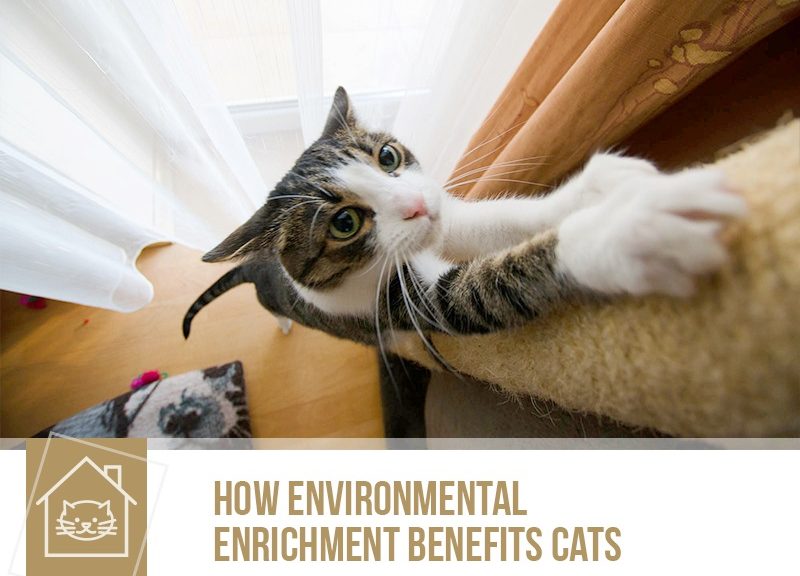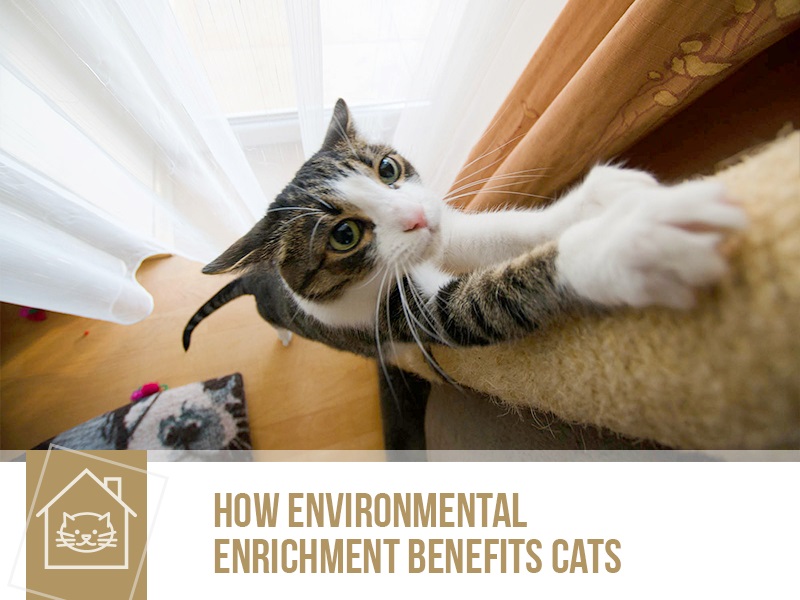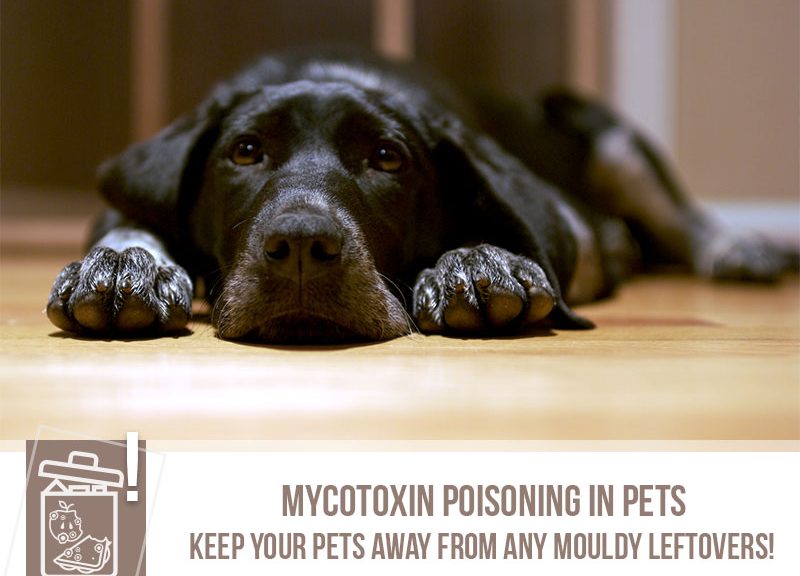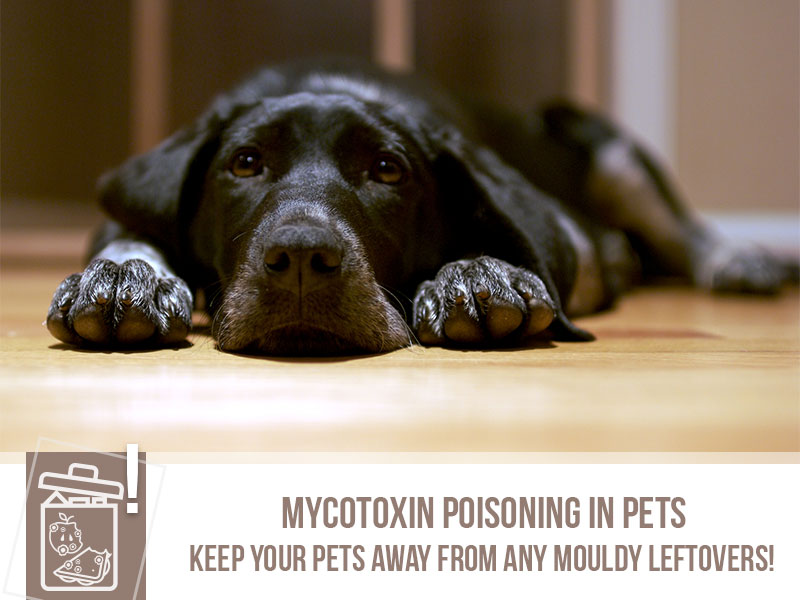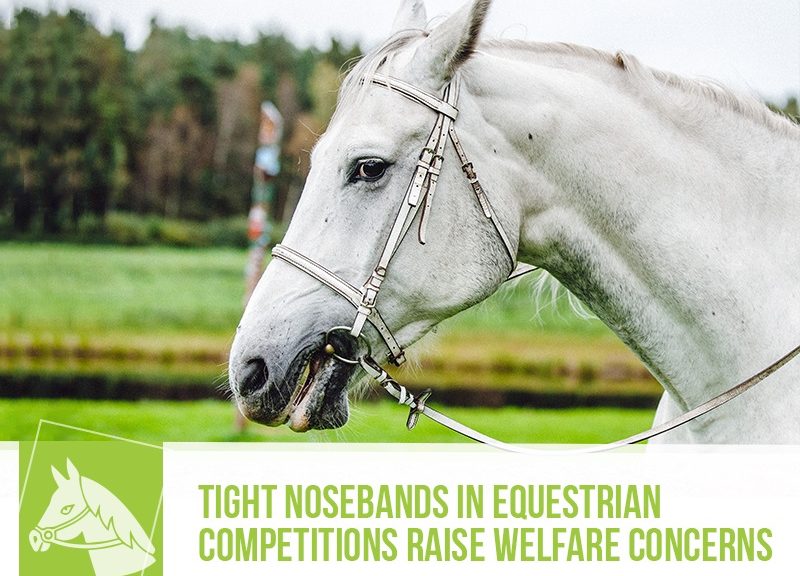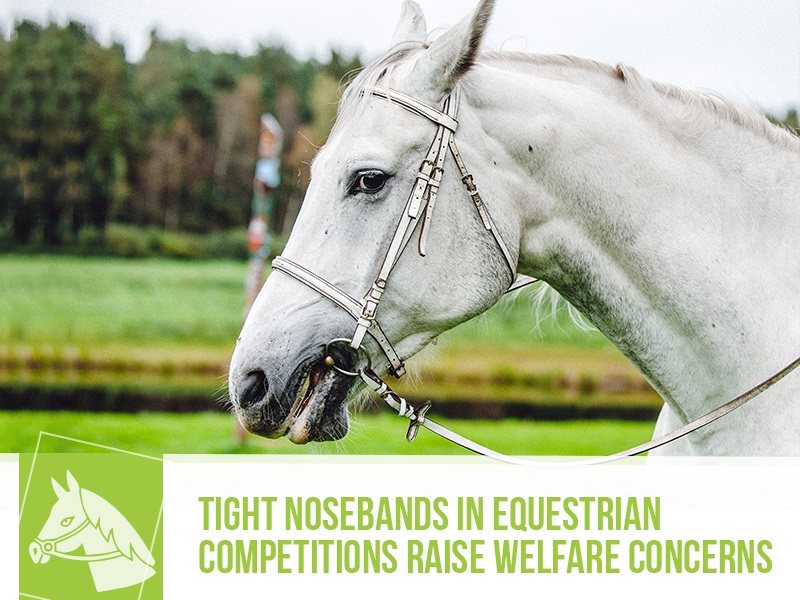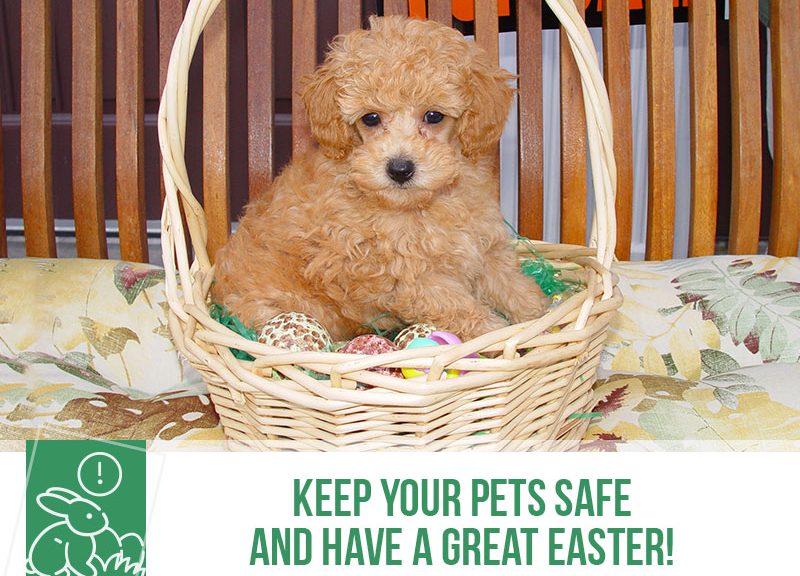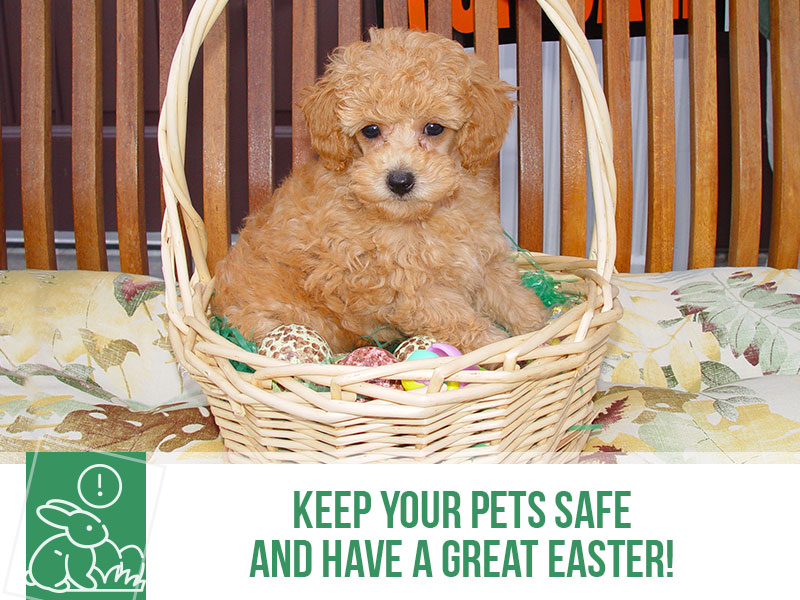When we talk about environmental enrichment for indoor cats (and for many other pets), the conversation is about more than just getting toys for your cat. Due to their nature and depending on their home environment, domestic cats can be exposed to a lot of stress.
The discomfort can come from a wide variety of sources. Many cats often live in a very comfortable house, but struggle to be able to do what they would normally do in their natural environment. Climbing, resting in high spots, playing, scratching and hunting with all its different stages (seeking, capturing, and consuming) are just a few examples of their normal behaviour. Domestic cats often struggle to find structures to climb and areas to scratch (without annoying their owners), ´toys` to play with, and ways to display hunting behaviour.
When discussing stress inducing factors, poor human-cat relationship and conflict between cats should also be on the list. A cat living with another cat or cats often has to share food bowls, common areas and the litter box with his or her feline housemates. Cats tend to avoid cats they don’t get along with to prevent more serious conflict and over time, this affects their access to important resources. A cat might actually drink less water for example if getting to the water bowl means crossing paths with another less friendly cat.
Other factors include unpredictable schedules, less interaction with their caregivers and even unexpected physical manipulation.
Cats have different personalities and some cats may be more affected by these daily occurrences than others. However, after several studies it is pretty clear for the scientific community that lack of environmental enrichment can lead to domestic cats suffering from numerous disorders such as anxiety, stress, obesity, behavioural changes (urine marking, house soiling, some forms of aggression), and feline idiopathic cystitis.
Providing cat towers, a wide variety of toys, scratching areas, resting spots, feeding toys, and enough food and water locations as well as litter boxes taking into consideration the number of cats in the household will have a very positive impact on your cats’ health and welfare.
Would you like to know more about cats? Check our Feline Courses:
